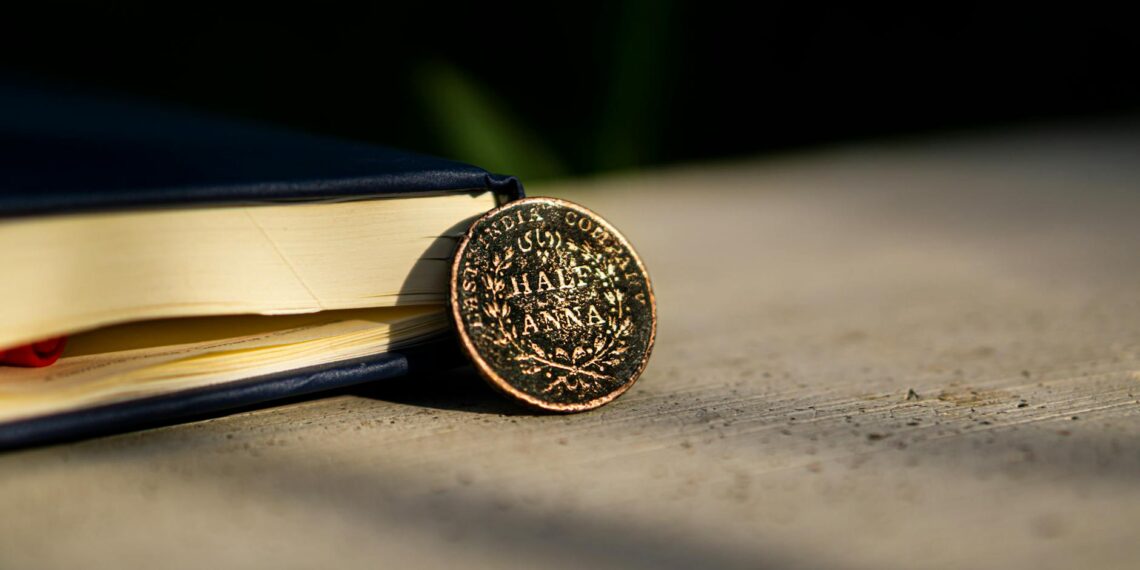The edge of a coin is the outer surface between the obverse (front or “heads”) and reverse (back or “tails”) faces. It can be smooth (plain), patterned, or have lettering or designs.
Historically, edge designs were introduced to prevent counterfeiting and coin clipping, where precious metal was shaved from the edges of coins. The reeded edge , characterized by its ridged or grooved texture, made it easier to detect if a coin had been tampered with. This method was implemented by figures like Isaac Newton in the 17th century to combat widespread coin shaving. Today, while not all coins are made of precious metals, reeded edges continue to be used in many currencies as a security measure and, in some cases, to help visually impaired individuals distinguish between different coin denominations.
Other types of coin edges include:
- Plain: Smooth and without any texture or design.
- Lettered: Featuring words, symbols, or inscriptions along the edge.
- Decorated: Including various designs like flowers, vines, or geometric patterns.
- Grooved: With a single groove running parallel to the coin’s surfaces.
The edge of a coin is distinct from the rim , which is the raised border surrounding the design on the obverse and reverse faces. The rim helps protect the coin’s design from wear and allows for stacking.









What does coin edge mean?
Coin edges are the parts of a coin’s surface between the faces ; they may be plain (smooth) or patterned, or a combination of both. They can also include lettering. Coin edge inscription mill. Reeded edges are often referred to as “ridged” or “grooved” (US usage), or “milled” (UK usage).
What is the grooved edge of a coin called?
In numismatics, reeded edges are often referred to as “ridged” or “grooved” (American usage), or “milled” (British usage). Some coins, such as United States quarters and dimes, 1 euro, Australian 5, 10, 20 cents, 1 and 2 dollars, as well many other current coins, have reeded edges.
Is the edge of a coin a side?
Edge: The outer border of a coin, considered the ” third side.” May be plain or serrated (also known as “reeding”).